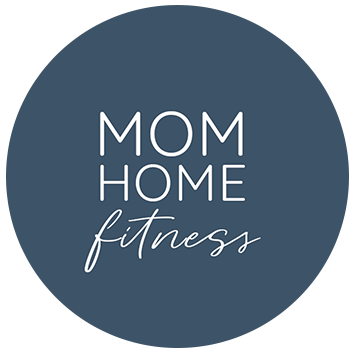

The Power of Hypopressives: A Holistic Approach to Pelvic Floor Health and Prolapse
Hypopressive exercises, or hypopressives for short, are a series of breathing and postural exercises designed to reduce intra-abdominal pressure and strengthen deep pelvic floor and core muscles.

A Guide to Postpartum Fitness for Moms Over 40
The body needs time to heal and adjust to the changes that have occurred during pregnancy, and it can be difficult to find the motivation to get back to any kind of movement. However, regaining postpartum fitness and function is achievable with the right guidance.

Dynamic Neuromuscular Stabilization (DNS) and Postpartum Recovery
Postpartum recovery is a unique period that comes with a wide range of physical changes. DNS can be an effective tool in helping women journey through this phase, promoting recovery, and regaining their strength and functional movement.

Understanding Symphysis Pubis Dysfunction: Causes and Treatment
In this blog post, we'll delve into the causes of PSD, how it can affect you, and explore various treatment options to help you regain your strength and mobility.

The Hidden Power of Proper Tongue Placement
Proper tongue placement involves positioning the tongue firmly but gently along the entire upper palate, which is the roof of the mouth. This goes beyond the common notion of the tongue being behind the front teeth. When we achieve this optimal tongue posture, several remarkable benefits become apparent.

The Surprising Connection Between Your Pelvic Floor and Feet
Believe it or not, your posture and how you stand and walk can affect the health of your pelvic floor. When your feet are properly aligned, it promotes better posture, reducing the risk of pelvic floor dysfunction.

The Subtle Impact of Workout Clothing
One crucial aspect of postpartum fitness that often goes unnoticed is the choice of workout attire. In this blog post, I'll emphasize the importance of clothes with "give" and how overly tight sports bras and exercise pants can negatively impact breathing and overall physical and mental well-being during postpartum recovery.

Pelvic Floor Exercise: The Key to Foundational Strength
We have all heard of Kegel exercises, right? Practitioners, friends, and family members often advise us to do them after pregnancy. Don't get me wrong, Kegels have their time and place! However, perhaps you have also heard of Pelvic Floor Muscle Training? If not, and you're looking to stop embarrassing leaks when you cough, laugh, sneeze, or work out, read on to learn more about PFMT and how it differs from Kegels.

Unleash Your Inner Strength: Empowering Workouts for Moms
Are you a busy mom looking to unleash your inner strength and reclaim your fitness journey? Look no further! The empowering workouts in “Getting to the Core of Postpartum Fitness” are designed to help you not only regain control of your body and physical strength but also boost your confidence and overall well-being.

Diastasis Recti: What it is and Treatment Options
We may not know what it is, but we know that something doesn’t look right about our ab muscles. That doming or tenting down the middle - that didn’t used to be there, did it? It's time to take action and figure out what's going on.

The Importance of Posture in Postpartum
We tend to underestimate the importance of good posture. When we are in poor posture we are over stretching some muscles and over contracting other muscles, creating a sometimes painful imbalance. This can set off a chain of potential issues, or exacerbate existing conditions.
Ready to work with me?

